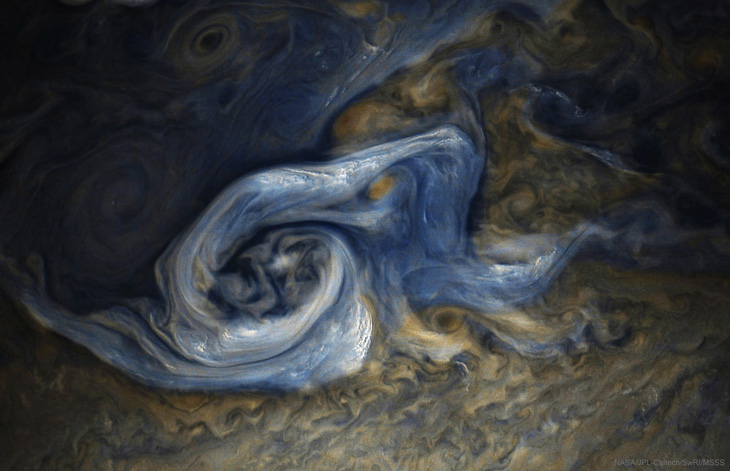And I like lava lamps.
This video comes courtesy of NASA, and the Astronomy Picture of the Day. It’s an elaborate computer simulation based on satellite and weather data, and shows the wind activity in the north Atlantic just a few months ago, during the peak of hurricane season.
It’s surprising to see such detail so soon after the season occurred, but it gives us a good view of how the severely damaging hurricanes of this year developed, and the various contributors. You can also see the effects of the west coast wildfires and how far the smoke travels, much less the sand dissipated from the Sahara in North Africa.
A little detail that I only noticed from living in the area and thus looking closely at it: numerous small sources of smoke, almost certainly local wildfires, start springing up in the southeastern US, pulsing almost rhythmically. It’s not particularly surprising, since we often see late summer droughts and this produces lots of dry fields and forests that are susceptible to fires. Countless patches of localized hot air, from sun-heated ground surfaces, form thundercells as they carry humid air high into the atmosphere, which in turn produces lightning strikes that are capable of starting fires in such dry conditions (in addition to the other causes of fires that occur.) Florida is especially known for such cells because of the humid air from the Gulf of Mexico that blows directly across the state and receives additional heating from the land as it passes; you can see how the peninsula seems to have separate air masses from the bulk of the country.
The next day’s APOD started raising a few questions in my mind. It shows a massive storm system in the clouds of Jupiter, not unlike the video:

Now, here’s what I find interesting. When you watch the video, you’re seeing the effects of sunlight warming the waters of the oceans and the land masses of the continents, coupled with the air following the North Atlantic Gyre (which the video is centered upon, a big rotating mass of water that comes west across from Africa, runs northward along the east coast of North America, and crosses east over to northern Europe and back south to Africa again.) It’s clear that the land masses and the waters themselves, influenced by the rotation of the Earth, shape the storms that we have, and even create the hurricane season in late summer.
But Jupiter is a gas giant – it’s not even clear if it has a surface, or just gets denser and denser as it gets closer to the center of mass. While I can see rotational influences having some affect on the different elements within its clouds, it seems odd that so much activity could occur solely due to, for instance, the different densities of the various gases and their varying abilities to absorb solar radiation. I have the impression that things should become a bit more homogenized, the gases mixing together and presenting a more uniform ‘surface’ like Venus, or at the very least forming little more than striations from the rotation, but maybe I have the wrong impression of their properties. Or perhaps there’s a lot more going on under their obscuring cover than we know, with something more heat-absorbent providing the impetus towards storm development. Now I’m going to have to start looking for explicit details about Jupiter to see how much I’m missing.



















































